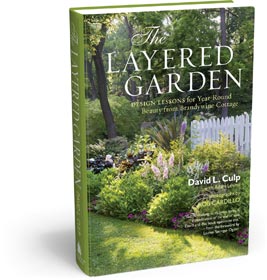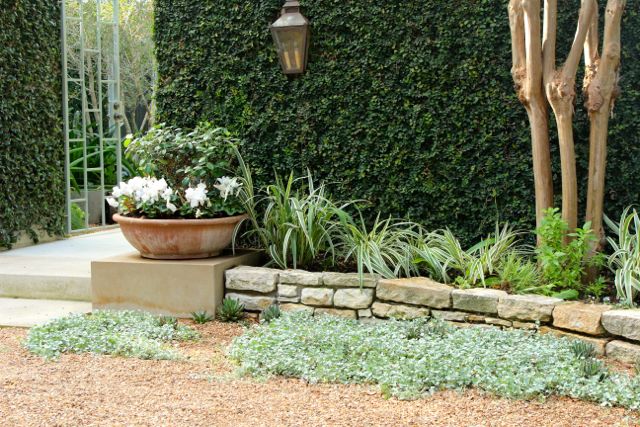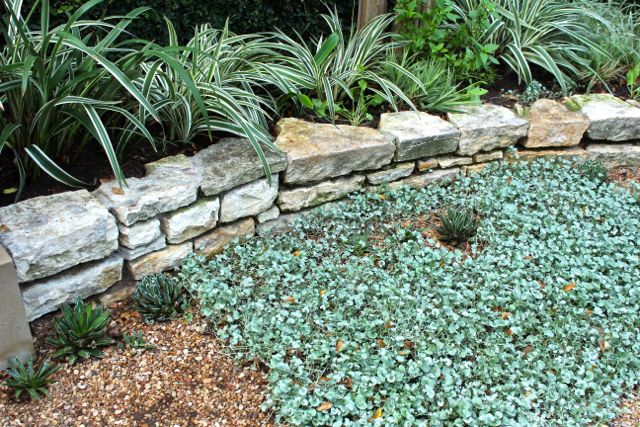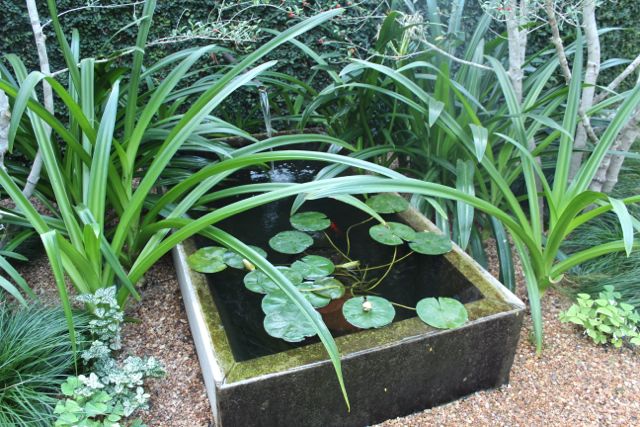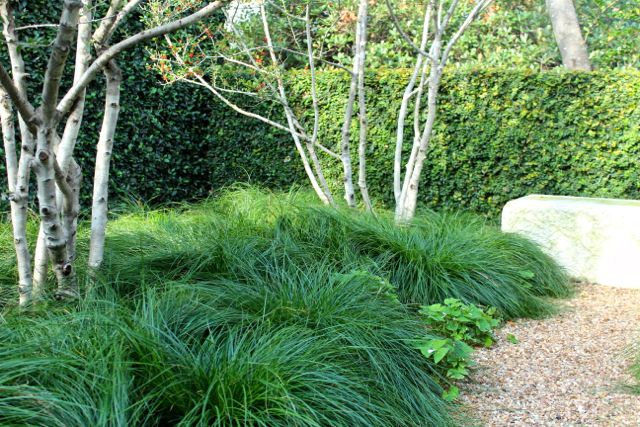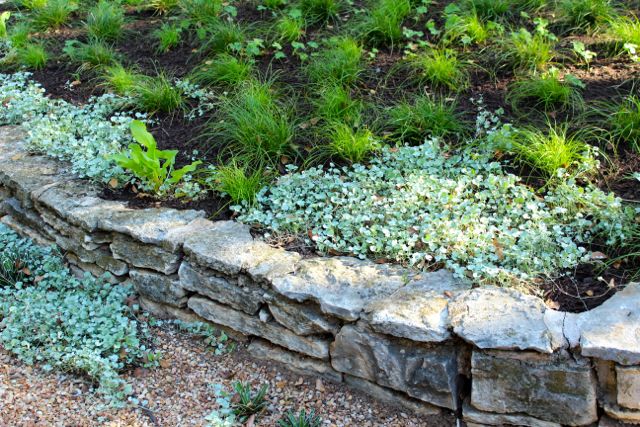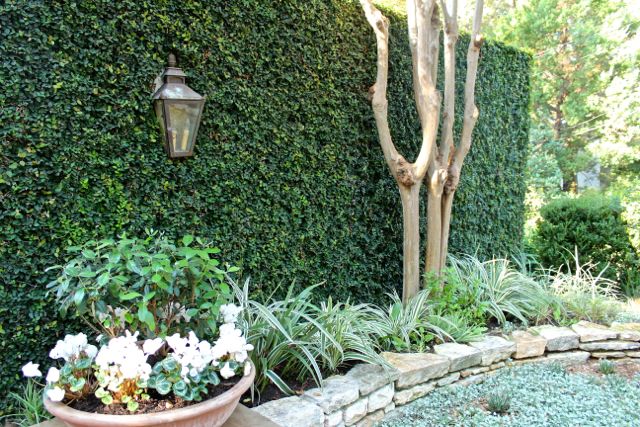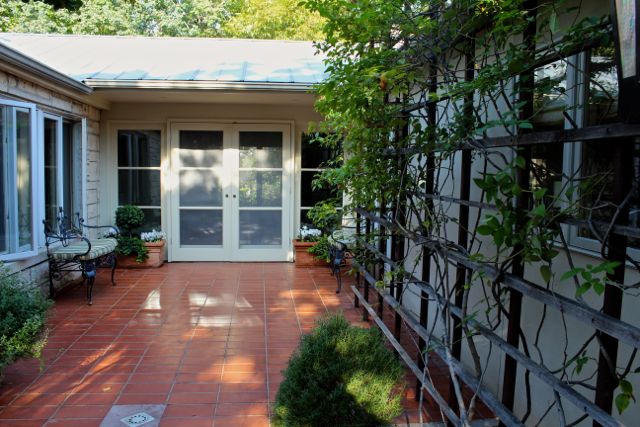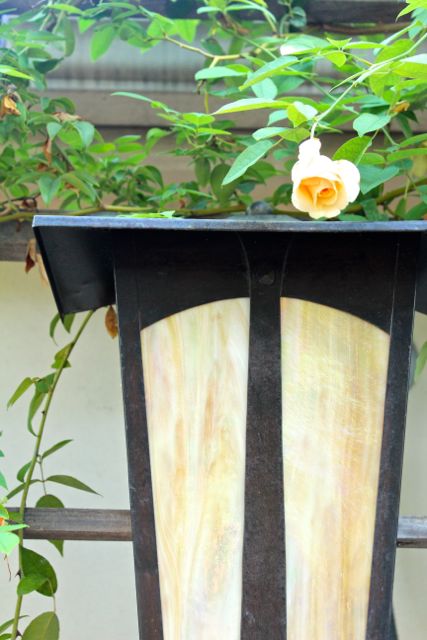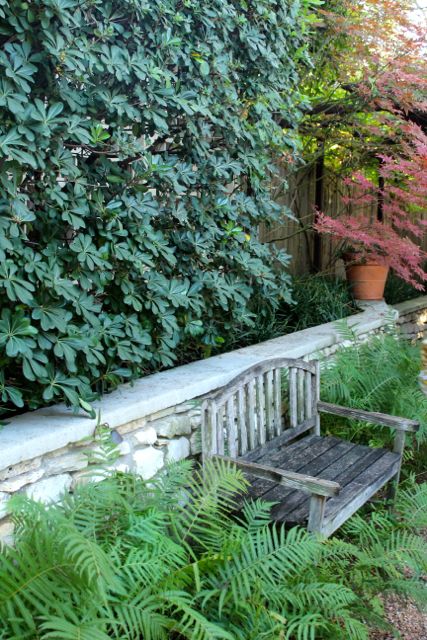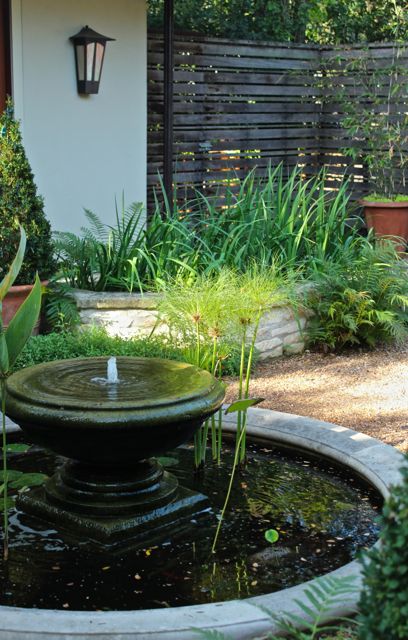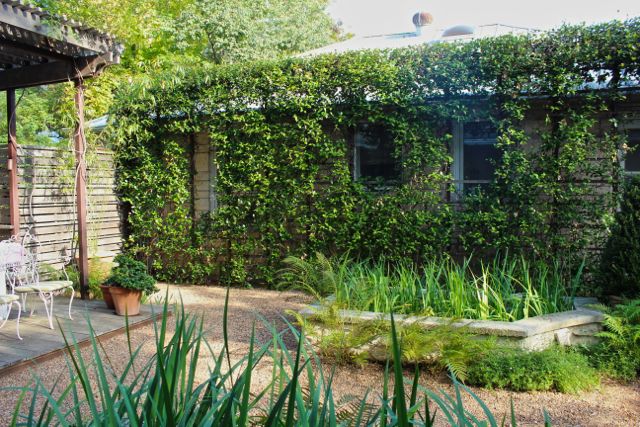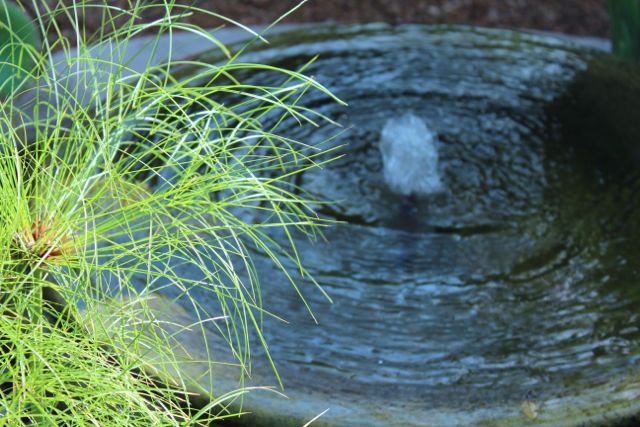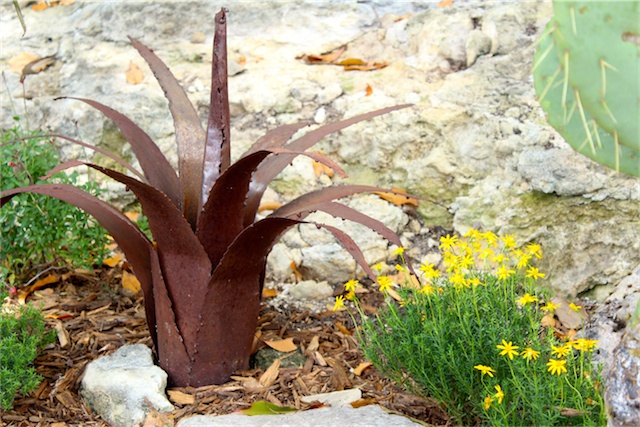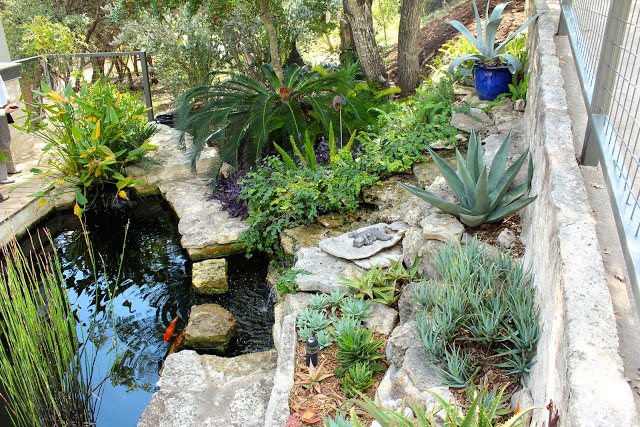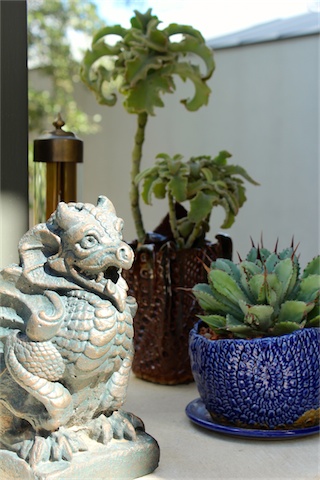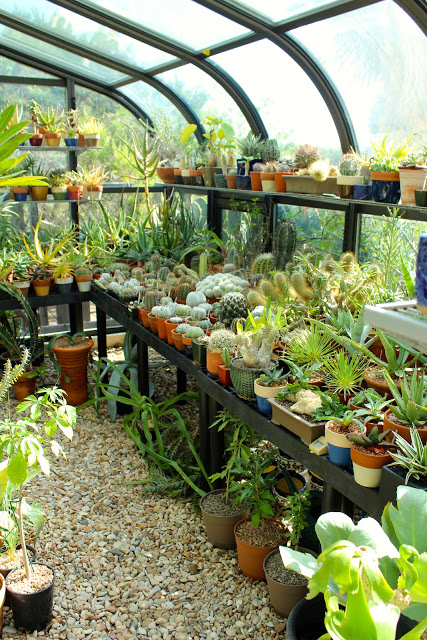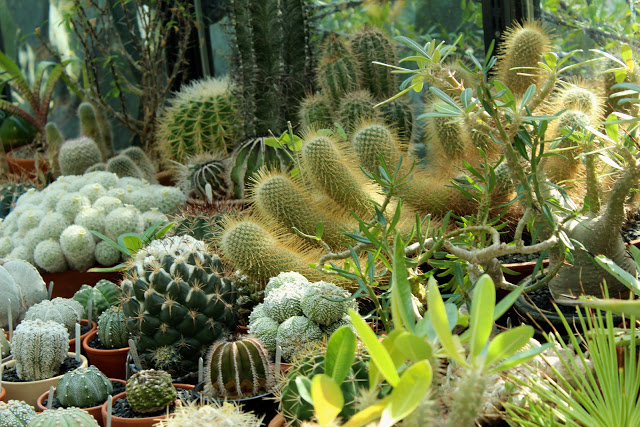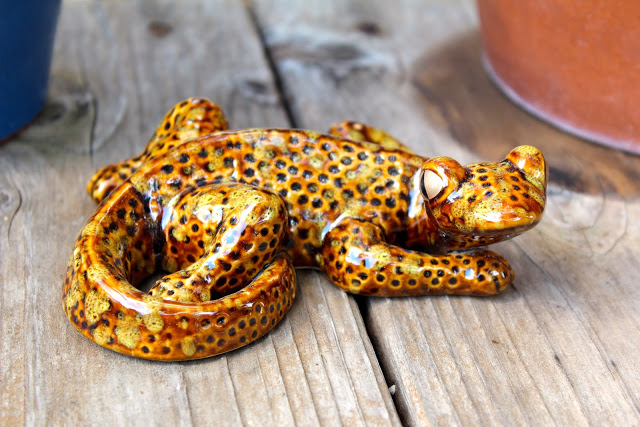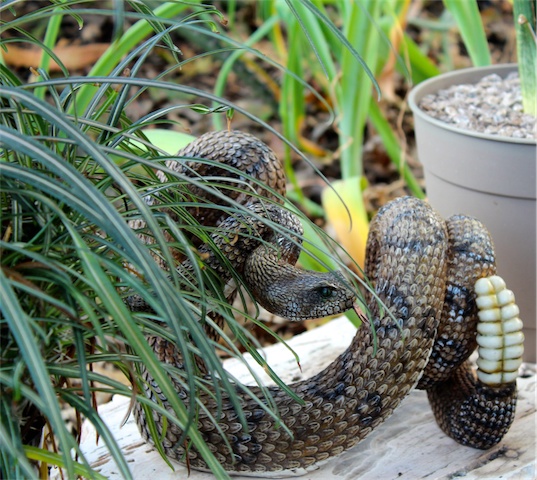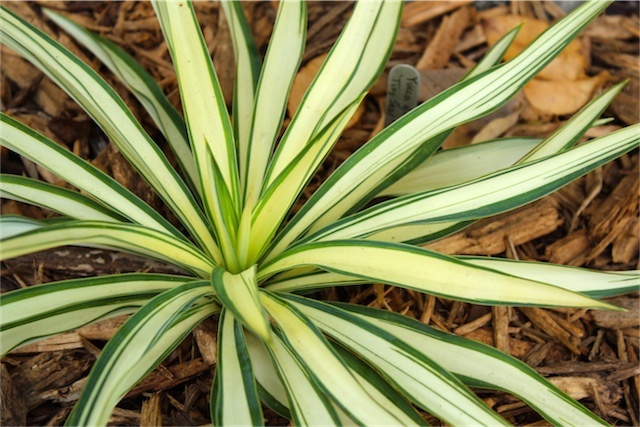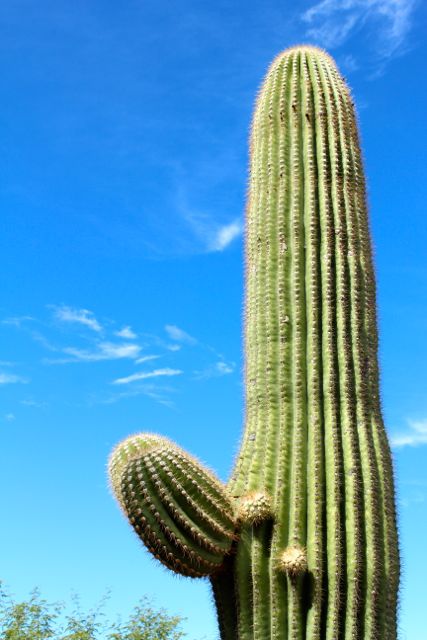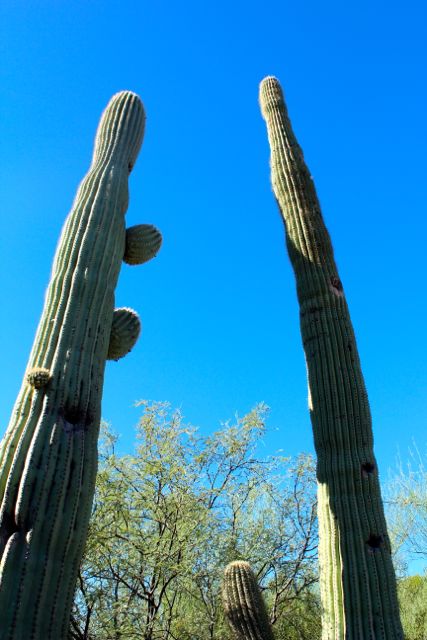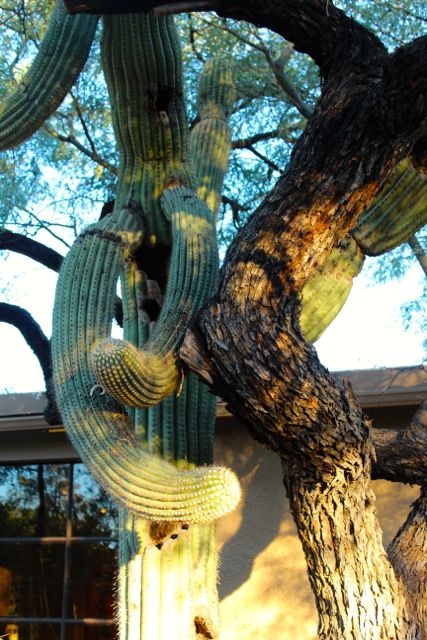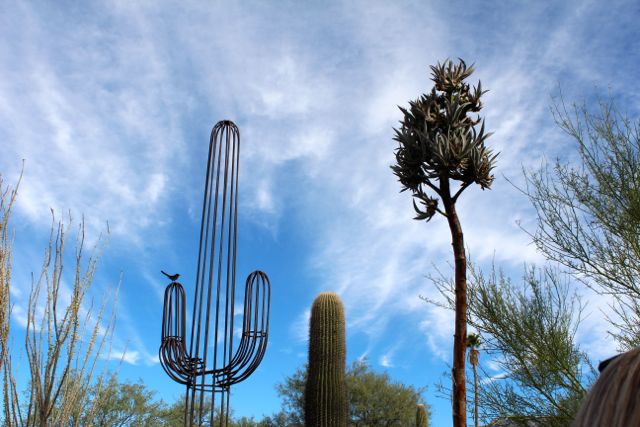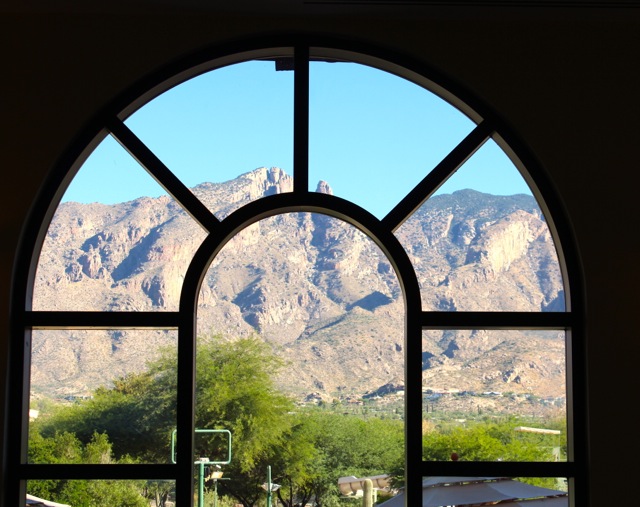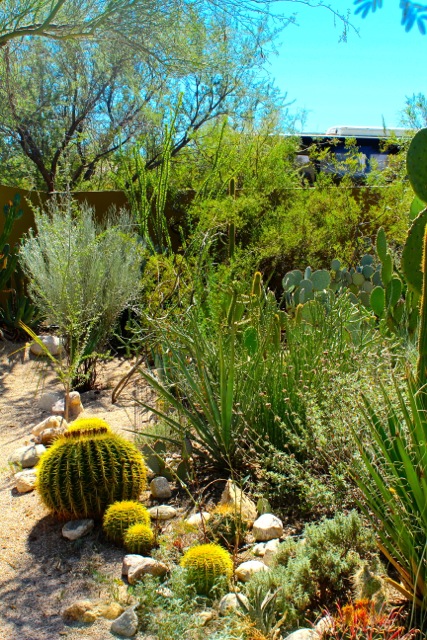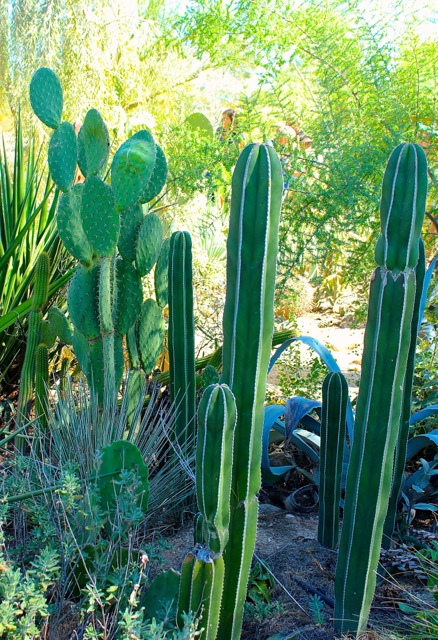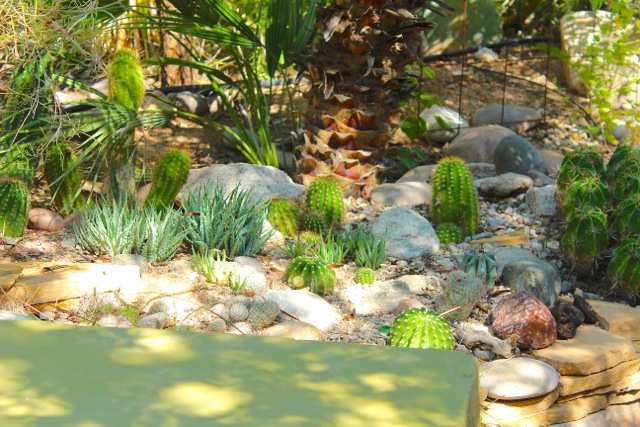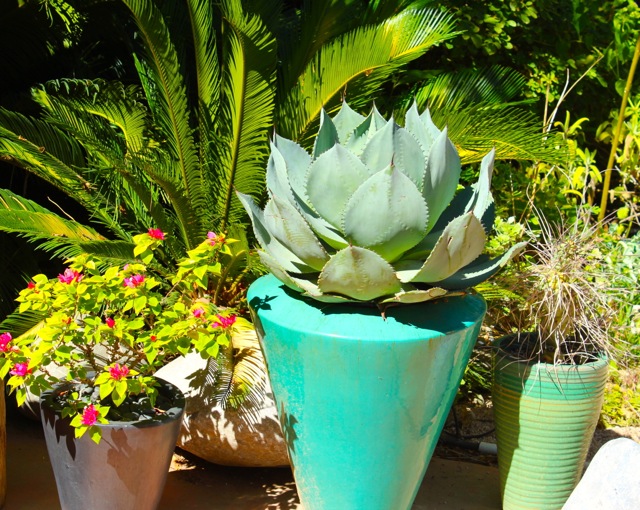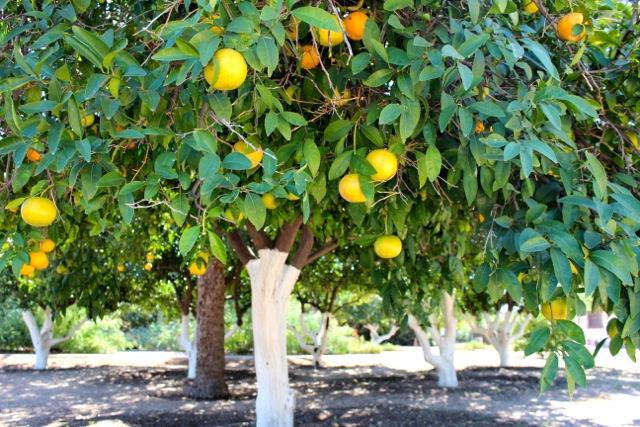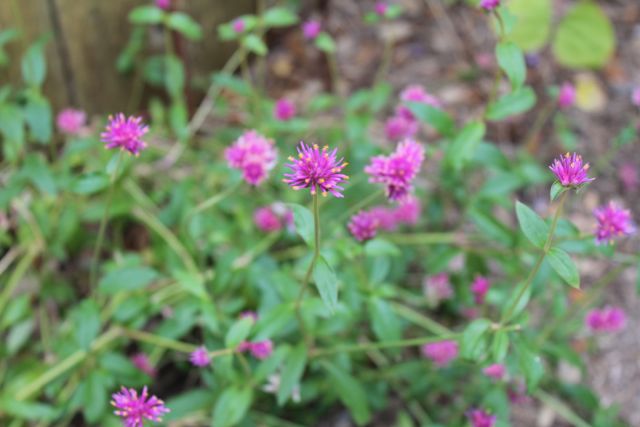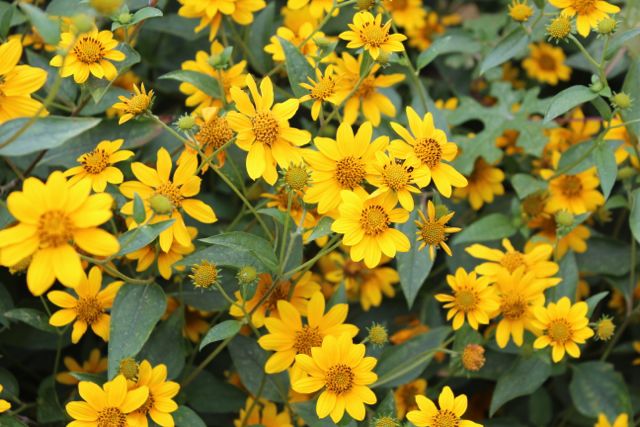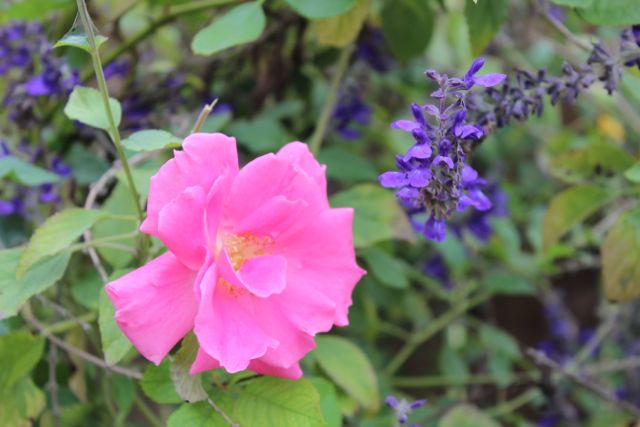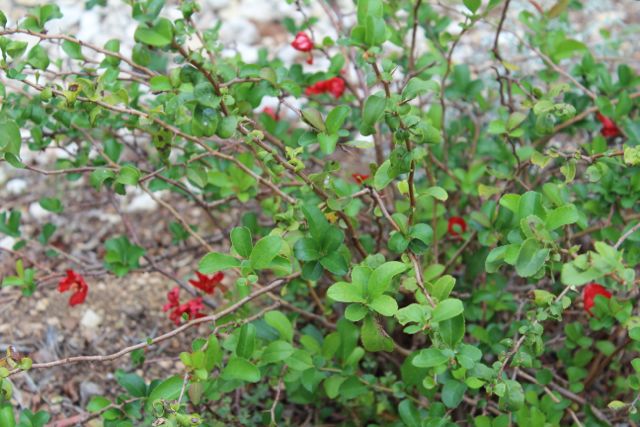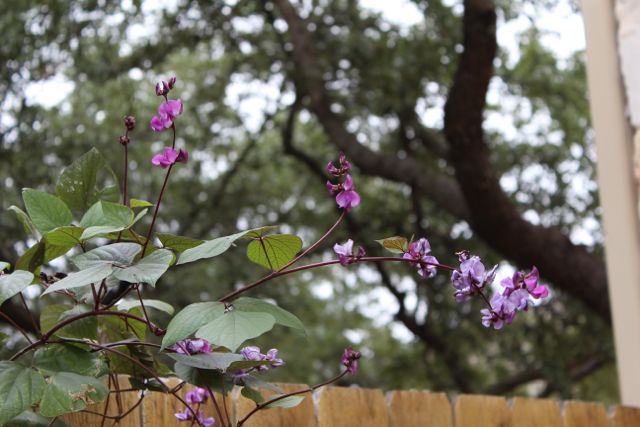A must-read for gardeners and wannabes: The Layered Garden
In my spare time, I’ve been devouring the The Layered Garden, by David Culp with Adam Levine. The title jumped out at me when I got the latest email promotion from Timber Press, so they sent me a copy and I’m reviewing it.
As part of their fall promotion, Timber Press is giving away an amazing deal – 5 books, a tote bag and a signed print by Brooke Weeber. Just go to Timber Press to enter and win.
All the books look great, but an entire book on layering in the garden, the history of David Culp’s garden and then, the icing on the cake, Rob Cardillo’s photographs — well, I just couldn’t resist. And I’m glad I didn’t.
The Layered Garden is an inspiration for experienced and new gardeners alike. Filled to the brim with beautiful photographs — especially long shots with detailed design components — it offers a full pallet of ideas.
The book chronicles the creation of the gardens of David Culp and his partner, Michael Alderfer, at Brandywine Cottage in Pennsylvania. Purchased in 1990, the cottage itself was built in the 1790’s and the original farmland subdivided into 2-acre lots.
Both a garden designer and a plant collector, Culp writes, “I express myself in two distinct ways: as a plantsman who enjoys collecting specimens…and as a designer who enjoys playing with plants to achieve a desired effect.”
The first section of the book weaves the tale of each of the distinct gardens and how they came to be so lush and full. The gardens are designed to be layered in many ways — layers of sizes and textures and colors and layers that peak at different times of year, allowing different waves of bloom. Other elements like pots and antique stone troughs add interest and more layers, and they plant them with seasonal accents and plant displays.
The garden includes layers of tall plants and man-made elements to provide vertical interest in the garden.
Then I got to the third chapter of the book, “Signature Plants Through the Seasons,” where he admits, “Hello, my name is David, and I am addicted to plants.” That really spoke to me! Full of beautiful photos and detailed information about the focal point plants of each season, his collector’s passion is evident here.
He closes with a list of his favorite garden books, which I’ll definitely be checking out, too.
Layers and layers of plants and colors and textures — gardens waves of blooms that peak throughout the year — that’s what I want in my garden. And I’ll be going back to this beautiful book time and time again for inspiration and ideas.
If you’re looking for some inspiration for layers in your garden, check out the Timber Press promotion at Garden Outside the Garden – maybe you can win it!

